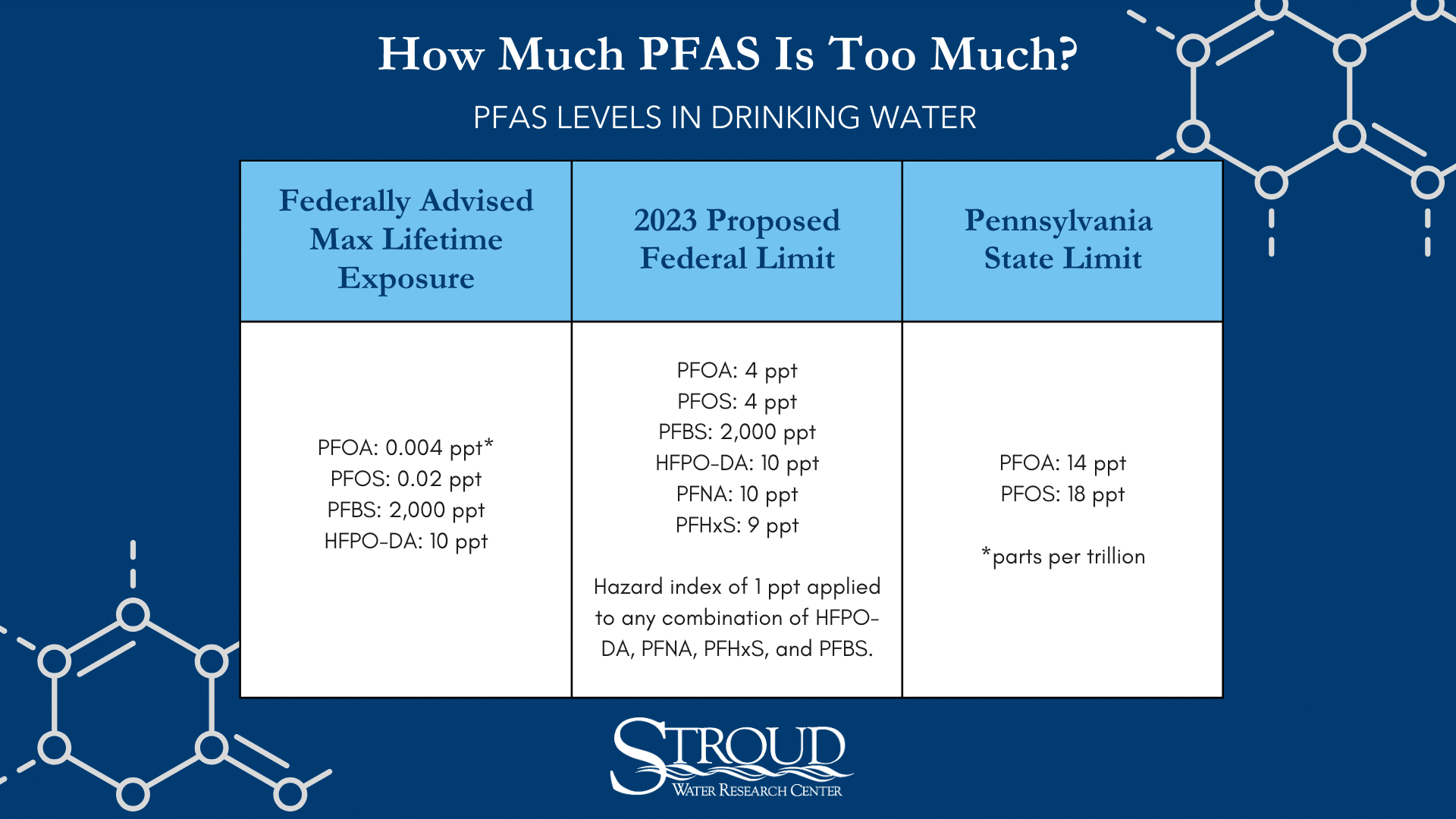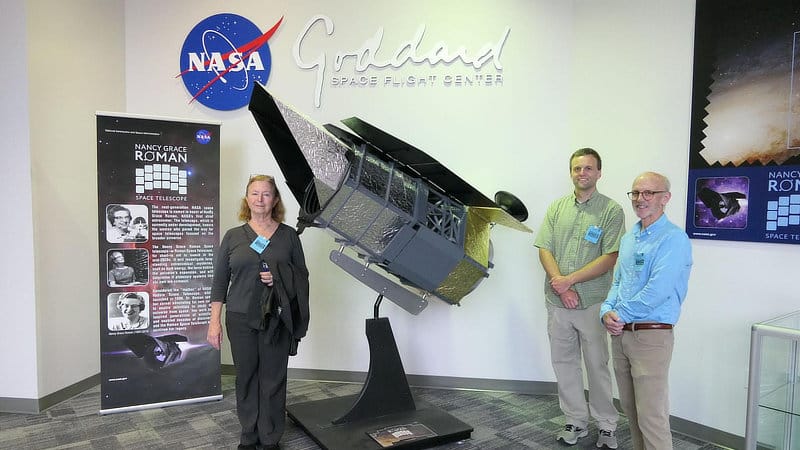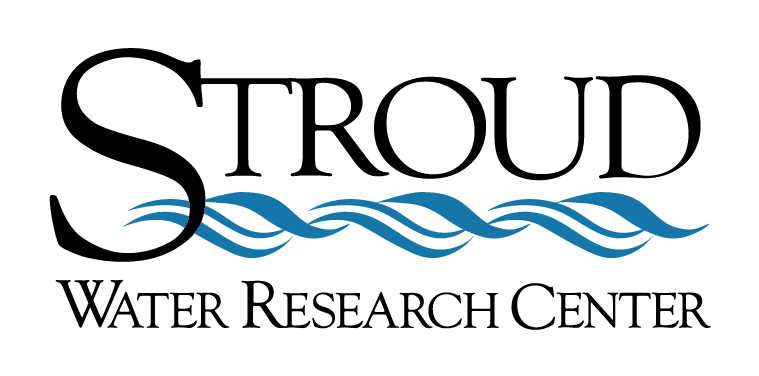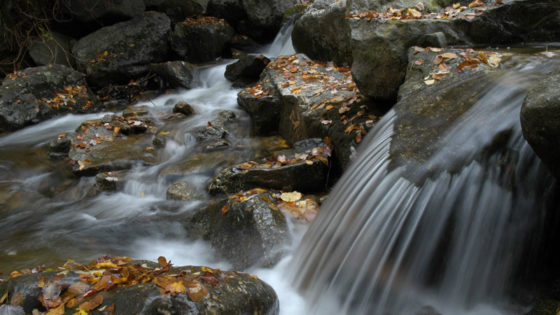The main focus of the Watershed Biogeochemistry Group is to investigate major elemental cycles in streams and their watersheds, particularly carbon, nitrogen, and phosphorus pools and fluxes. We are especially interested in quantifying and characterizing the rich array of organic molecules that exist in stream ecosystems, and serve as the main food source to microorganisms and consequently to all biological communities. Throughout the watershed, water is found in many places beyond stream channels, including aquifers, soils, and sediments. Our biogeochemistry laboratory has the capabilities to perform a wide range of chemistry analyses in water samples from all these places.
Watershed Biogeochemistry Staff
Watershed Biogeochemistry News

To achieve the Clean Water Act’s goals, prioritize upstream ecology

Porewater microbiomes in buried wetland soils: Synergic effects of water chemistry and redox gradients associated with hydrological processes

Agricultural soil microbiomes differentiate in soil profiles with fertility source, tillage, and cover crops

Stroud Center Presents New Research to World’s Largest Group of Earth and Space Scientists

PFAS Explained







